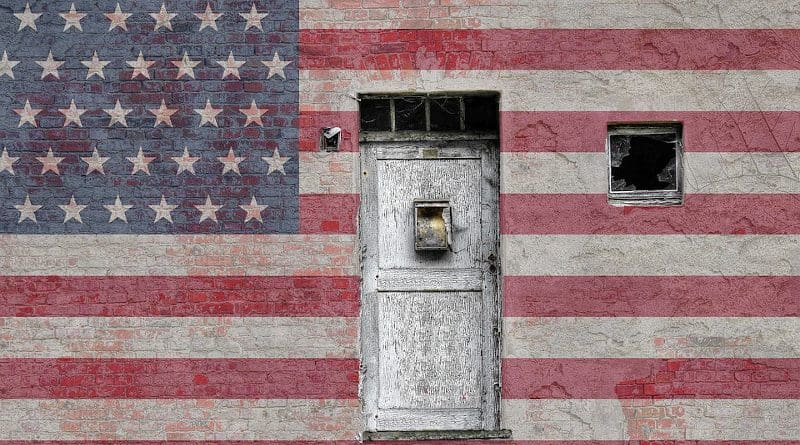Mendacity At The University Of Montana – OpEd
‘We all need to remember is that what we are constructing is a public relations story, not a scientific analysis. We need to be straight with the facts but tilt the story towards our perspective. Small words, short sentences, no jargon is what the general public will find appealing.’
Not the words to inspire confidence in public servants or servants of any sort, but the University of Montana’s Vice President of Finance and Administration Bob Duringer was the sort of person to be economic with l’actualité. Those words, from an email obtained through Freedom of Information, referred to a biomass plant that has proven to be a stillborn project, scrapped by the UM honchos after revelations on its feasibility were brought to light. It all began in May, when UM’s Board of Regents gave their approval to the construction of a biomass boiler heating system. Green groups were suspicions – how feasible was the plan in terms of emissions?
Duringer himself had a few guns of his own, pointing his barrels at various environmental organizations and calling them proponents of ‘low-level eco-terrorism’. He has paraded himself as a figure of environmental high consciousness, attempting to reduce the university’s ‘carbon footprint’ with this biomass miracle.
As Duringer claimed in high minded tones in a guest column in the Missoulian, ‘This journey has taken us from the installation of compact fluorescent lights, the use of ground-water cooling, a campuswide energy conservation campaign and finally, to a serious look at using biomass to fuel our steam plant in lieu of natural gas.’ In forging ahead with the plant, the university would be kept ‘at the forefront of environmental leadership’. Other energy saving options – be them wind or solar – were dismissed as being unviable, given the location of the university in Missoula.
Read between the lines, and Duringer’s point was financial rather than environmental, a matter of promotion rather than substance. ‘Using biomass instead of natural gas will save the university over $1 million per year in fuel cost.’ Even these figures were questionable.
One of those with purported eco-terror tendencies was Matthew Koehler, director of the curious and ever meddling WildWest Institute (and occasional CounterPunch contributor). In October, Koehler was openly scathing of the university’s tendency to mendacity. ‘For almost a year now, the UM has had a difficult time being open with Montana citizens and taxpayers on the biomass project’s cost and emissions’ (Montana Kaimin, Oct 26). Last fall, his institute decided to gather a few retired UM academics and residents in the University vicinity to conduct research behind the proposal. An open records search was thereby conducted on UM’s internal correspondence on the subject.
What was discovered was pure environmental agitprop in operation. The wood-burning biomass plant would have resulted in increased emissions and pollution, affecting the natural gas system. Imagine, stated Koehler in a post on Clean, Green and Sustainable (Dec 3), 130 woodstoves merrily burning on the campus. And for those not familiar with Missoula, it regularly ranks poorly in the American Lung Association’s ‘State of the Air’ report. The latest report card is a not so generous ‘D’, an improvement from the usual, ‘F’ grade. To this glaring omission could also be added exaggerations on the cost of natural gas and underestimates on the cost of trucking wood to the campus.
Those cheeky green terrorists, it seems, had a point. Eco-friendly Duringer was himself proving to be part of that long line of university administrators who prosper in censorship, omission and deception. For him, truth was something that only applied in other circles. Perhaps he had been browsing through a gnarled version of Emily Dickinson – ‘Tell all the truth but tell it slant/Success in Circuit lies.’

